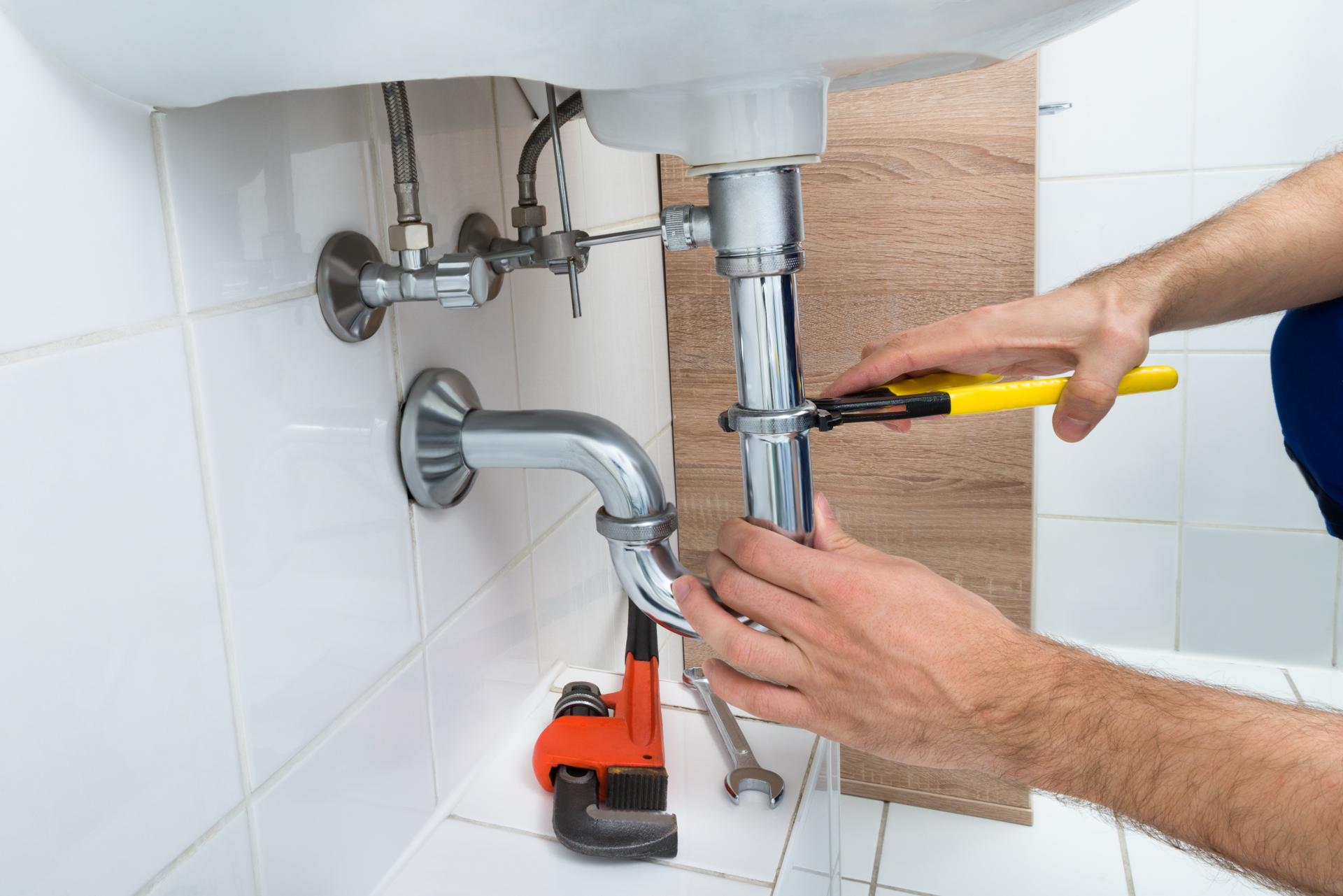When Should You Replace Your Plumbing and What to Expect During the Process

Plumbing is an essential component of any home and provides us with safe water to drink, cook and for cleaning, as well as a way to dispose of wastewater. However, like any other system in your home, plumbing will eventually wear out and require replacement.
Knowing when it’s time to replace your plumbing is vital to prevent costly repairs and avoid potential health risks. In this article, we’ll go over the signs that suggest your plumbing needs to be replaced, factors to consider before replacing your plumbing, the process of replacing your plumbing, the benefits in replacing the plumbing, and an FAQ section to answer any questions you may have.
There are signs that it’s time to upgrade your plumbing
There are many indicators that suggest your plumbing is in need of being replaced, for example: Leaks: If you notice the presence of water stains or puddles on your home, it’s a sign of a plumbing leak. Leaks can cause severe structural damage to your home and can lead to the growth of mold which is why it’s crucial to address them promptly. Rust: Rusty pipes are an obvious sign that your plumbing needs to be replaced. Rust can contaminate your water supply which makes it unfit to drink or cook with. Low water pressure: If your showerheads and faucets are producing weak water flow It’s an indication of low pressure water that is caused by blocked pipes or corroded pipes. Water discoloration: Water that is discolored, such as brown or yellow, is the result of rust or sediment buildup in your pipes. This can affect the taste and the quality of your water. It could also indicate the need for plumbing repair.
Factors to Consider Before Replacing Plumbing
When replacing your plumbing, there are a variety of factors to consider, including: Age of the plumbing: Plumbing systems last for around 50 years, so if your home is more than this, then it’s likely time for a replacement. Cost of replacement The replacement of your plumbing may be costly, and it’s important to budget for this expense. The severity of the plumbing issue If the plumbing problems are serious and affect multiple parts of your house, replacement may be the best option.
What to Expect During the Plumbing Replacement Process
The replacement of plumbing requires many steps, such as: Shutting off the water supply Your plumber must turn off the water supply to your home to prevent water damage or leaks. Remove old pipes: Old pipes will need to be removed. This might require cutting into floors or walls. Installing new pipes New pipes will be installed, which might require rerouting to ensure proper water flow. The timeline for replacing the plumbing will depend on the dimensions of your house as well as the complexity of the job. Homeowners should expect disruptions during the project, which could include water shut-offs and potential damage to floors and walls.
Benefits of Replacing Plumbing
Replacing your plumbing can provide a variety of benefits, including: Increased water efficiency Plumbing pipes and fixtures can be more effective, reducing the amount of water you use and decreasing the cost of your utilities. Improved water quality: Replacing older, corroded pipes new ones can improve the quality and quality of water, making it safe for drinking and cooking. Reduced risk of future plumbing issues New plumbing will be less likely to create obstructions or leaks, which reduces the need for expensive repairs in the future.
Conclusion
Replacing your plumbing is an expensive expense, but it’s necessary for your home’s security and security. By understanding the signs that tell you your plumbing is in need replacement, taking into consideration the factors before replacement, and knowing what you can expect from the replacement process, you will be able to make an informed choice about the plumbing in your home. Make sure to remember that replacing your plumbing will provide many advantages, including improved water efficiency, improved water quality, and reduced the chance of having plumbing problems in the future.
FAQ Section
How much does it cost to replace plumbing?
The cost of replacing your plumbing will depend on a variety of factors, including the size of your home, the complexity of the task, as well as the material used. On average, homeowners should expect to spend between $5,000 and $10,000 for a total house plumbing replacement.
How long will it take to replace plumbing?
The timeline for plumbing replacement will depend in the area of the home and the difficulty of the job. A typical whole-house plumbing replacement could take from two to four weeks.
Should I replace my plumbing if I have a leak?
If you’re experiencing a single leak in your plumbing, it may not need a full replacement. However, if you’re experiencing multiple leaks , or observe other indications of plumbing problems, replacing may be the best option.
Can I replace my plumbing myself?
The replacement of your plumbing is a complicated job that should be left to the expertise of a qualified plumber. Attempting to replace your plumbing by yourself can lead to costly errors as well as safety hazards.
What kind of pipes do I need to use to replace my plumbing?
There are a variety of pipes that are suitable for plumbing replacement, including copper, PVC, and PEX. Your plumber will recommend the most suitable type of pipes based on your needs and budget. In conclusion, replacing your plumbing is an important decision to make by taking careful consideration. If you are aware of the indicators that suggest your plumbing requires to be replaced, considering the various factors that can affect replacing, and knowing what you can expect during the plumbing replacement process, you can make an informed choice about your home’s plumbing. A skilled plumber can help to guide you throughout the entire process to ensure an efficient and successful replacement of your plumbing.
